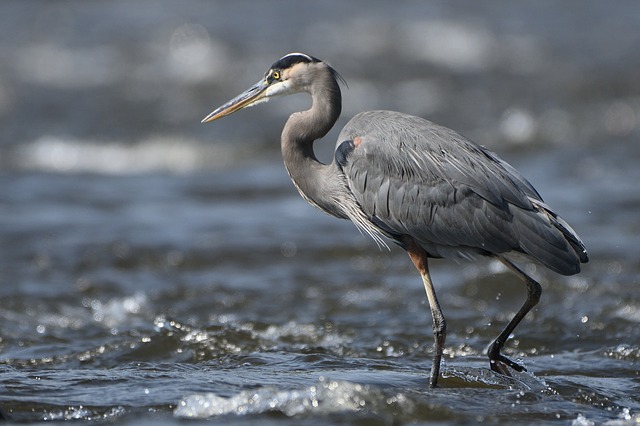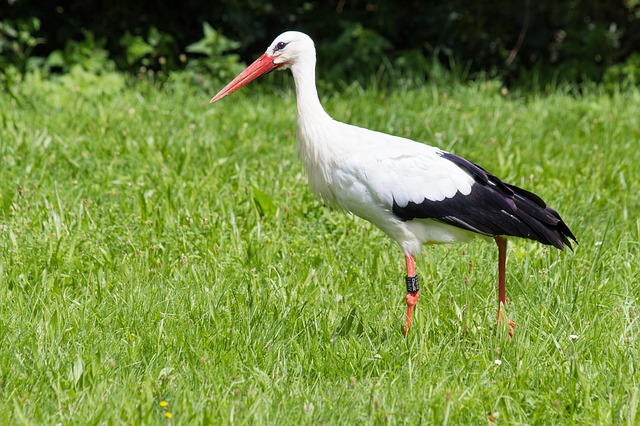
A bat house is a specially designed shelter for bats. It provides them with a safe and convenient place to sleep. While they are great for the bats, there are many bat house benefits you can enjoy as well when you have one in your yard.
Keep Bats Out Of Your Home
By providing local bats with their very own bat house, you’re actually helping to deter them from deciding to take up residence in your own home, particularly the attic. Of course, this also means they will be less likely to enter sheds, garages, and barns. This can save you from having to pay a pest control company and you won’t have to worry about dealing with any damage to your property or cleaning up.
The bats will have somewhere to live that’s perfectly suited for their needs plus you’ll get to enjoy all the advantages of having them around. It’s a win-win. Many people actually hang a bat house on a nearby tree when they have bats in their attic or outdoor structures and are about to seal them off. Doing so can entice bats to stay in the area after you’ve completely bat-proofed your own home.
Natural Pest Control
One of the biggest benefits of bats in your yard is that many species love to eat insects. In fact, a single bat can eat thousands of insects per night. This can be particularly important when you have mosquitoes and other disease-carrying insects in your area.
Mosquitoes happen to be a bat favorite and since they are so small many bat species can consume more than a thousand mosquitoes an hour. That puts most backyard bug zappers to shame. And it means you won’t have to use any potentially hazardous sprays or chemicals to get rid of biting backyard pests.
Conservation
All bat species have slow reproduction rates. This fact along with habitat loss and the use of harmful chemical pesticides put them at high risk for population decline. With a bat house, you’ll be helping to do your part in local bat conservation and therefore helping to keep the ecosystem balanced. You may even be able to help out your state wildlife agency with things you observe since so little is known about bats.
Guano
Bat poop, also known as guano, is famous for being a fabulous fertilizer both for lawns and gardens. And of course one of the benefits of having a bat house is that you have a free supply of it. Guano contains both beneficial bacteria and fungi along with having an ideal NPK ratio for plant growth. The NPK ratio is the ratio of Nitrogen, Phosphorous, and Potassium.
Pollination
Most people don’t realize that bats are important pollinators. They help to distribute the pollen of many different plants allowing them to reproduce. We often see bees and other beneficial garden insects because they are busy during the daytime hours. Bats on the other hand are nocturnal and do it at night. When they feed on the nectar of flowers they play an important role in transferring pollen from plant to plant.
These bat house benefits can help make your yard a more eco-friendly, attractive, and enjoyable place. By providing these helpful creatures with a safe home of their own you can expect these advantages along with many others.
Start Shopping for Bat Houses!
Alligator Pictures
The American alligator is a large predatory reptile that inhabits the southeastern United States. It’s a fascinating animal with many interesting things about it. And we’ve collected some of the best alligator pictures to help show you just how amazing they are....
How Long Do Great Blue Herons Live?
The life expectancy of birds is known to be closely related to their size. So as the biggest heron species in North America, how long do great blue herons live? The average life expectancy for these large birds is around fifteen years. However, surviving their first...
Where Do Great Blue Herons Live?
The great blue heron is considered to be the most widespread heron in North America. So exactly where do great blue herons live? Here’s what you’ll want to know. Great Blue Heron Range The great blue heron is found throughout most of the North American continent. In...
Where Do Great Blue Herons Nest?
While many of us have seen great blue herons their nesting habits often remain a mystery to most people. That’s because they purposely nest in hard-to-reach places. So where do great blue herons nest? Here’s the answer. A Colony Nester Typically great blue herons nest...
Do Great Blue Herons Migrate?
Do great blue herons migrate? This is something many people wonder about, especially if they’ve seen a heron during the cold winter months. And the answer is both yes and no. Here’s what you’ll want to know. Great Blue Heron Range The great blue heron has a large...
Great Blue Heron Pictures
Few species of birds are as tall, elegant, and attractive as the great blue heron. So we’ve compiled some of the best great blue heron pictures for you to admire and help you to learn more about this amazing bird! Great Blue Heron Head The head of the great blue heron...
What Do Snapping Turtles Eat?
Many people are familiar with the fact that snapping turtles have an incredibly strong bite. They use their strong jaws and sharp beak not just for defense but also for catching food. So what do snapping turtles eat? Here's what you'll want to know. Snapping turtles...
Birds That Look Like Egrets
Egrets are predatory birds that hunt and live in a range of both freshwater and saltwater habitats. These birds are usually white, and have S-shaped necks, long legs, and dagger-like beaks. However, they are often mistaken for several other types of birds that look...
Birds That Look Like Storks
Storks are large wading birds with robust bills and long legs. These tall carnivorous birds are well-known for their wide wingspans and also for building huge nests. However, they are often confused with several other bird types that have a similar appearance. So...
Birds That Look Like Herons
Herons are tall birds with long slender legs and necks. And they often wade in the water when hunting for food. Yet there are several other types of birds that may be mistaken for them. To make things more confusing many of these birds also spend time in the water and...
Great Blue Heron Facts
The great blue heron is named for its size and the grey-blue color on its wings, stomach, and back. This species has many fascinating things about it. So here are the top great blue heron facts. It's The Largest North American Heron The great blue heron is a big bird...
Are There White Herons?
Are there white herons? This is something many people wonder especially after seeing a tall all-white bird. The answer is yes! And here’s a fast introduction to them. A White Color Morph Most people are familiar with the great blue heron, a large predatory and...
Great White Heron Facts
While many people are familiar with the great blue heron, they are often surprised to find out that there’s also a great white heron. There are many things you’ll want to know about this stunning bird. So here are the top great white heron facts. The Great White Heron...
What Animals Eat Herons?
Because of their size and long sharp beaks, it can be hard to imagine that herons have any natural predators. While they do, they definitely don’t have nearly as many predators as most other types of birds. So what animals eat herons? Predators Of Adult Herons For...
What Do Herons Eat?
Great blue herons are often seen slowly wading in shallow water hunting for food. You may have even spotted one of these large birds in your own backyard pond. This leaves many people wondering: “What do great blue herons eat?” And here’s everything you’ll need to...
What Do Green Herons Eat?
The green heron is a secretive and small heron species. What it lacks in size however it makes up for in intelligence. It is particularly well-known for how it uses its smarts when hunting for food. So what do green herons eat? Read on to find out. Meet The Green...
How Does A Heron Catch Fish?
The great blue heron is well-known for its looks but also its fish-catching abilities. Whether in the wild or someone’s backyard pond these large birds are master hunters. So how does a heron catch fish? Here’s what you’ll want to know. Built For Success While herons...
The Complete Great Blue Heron Decoy Guide
Buy on Amazon A hungry heron can easily make a meal out of expensive pond fish. One of the most effective methods for protecting your pond from these smart birds is with a great blue heron decoy. Here is your complete guide to them, with all the info and tips you’ll...
How To Keep Blue Herons Out Of Your Pond
Great blue herons are one of the biggest problems that pond owners face. These birds are not only smart but can easily catch and swallow large numbers of surprisingly big pond fish. Therefore you’ll need to know how to keep blue herons out of your pond in order to...
How To Deter Herons From Your Pond
Herons are designed by Mother Nature to hunt fish. And unfortunately for pond owners, they often find pond fish to be an easy meal. So in order to protect your fish, you will want to know how to deter herons from your pond. Alligator Decoys Alligators are natural...



















